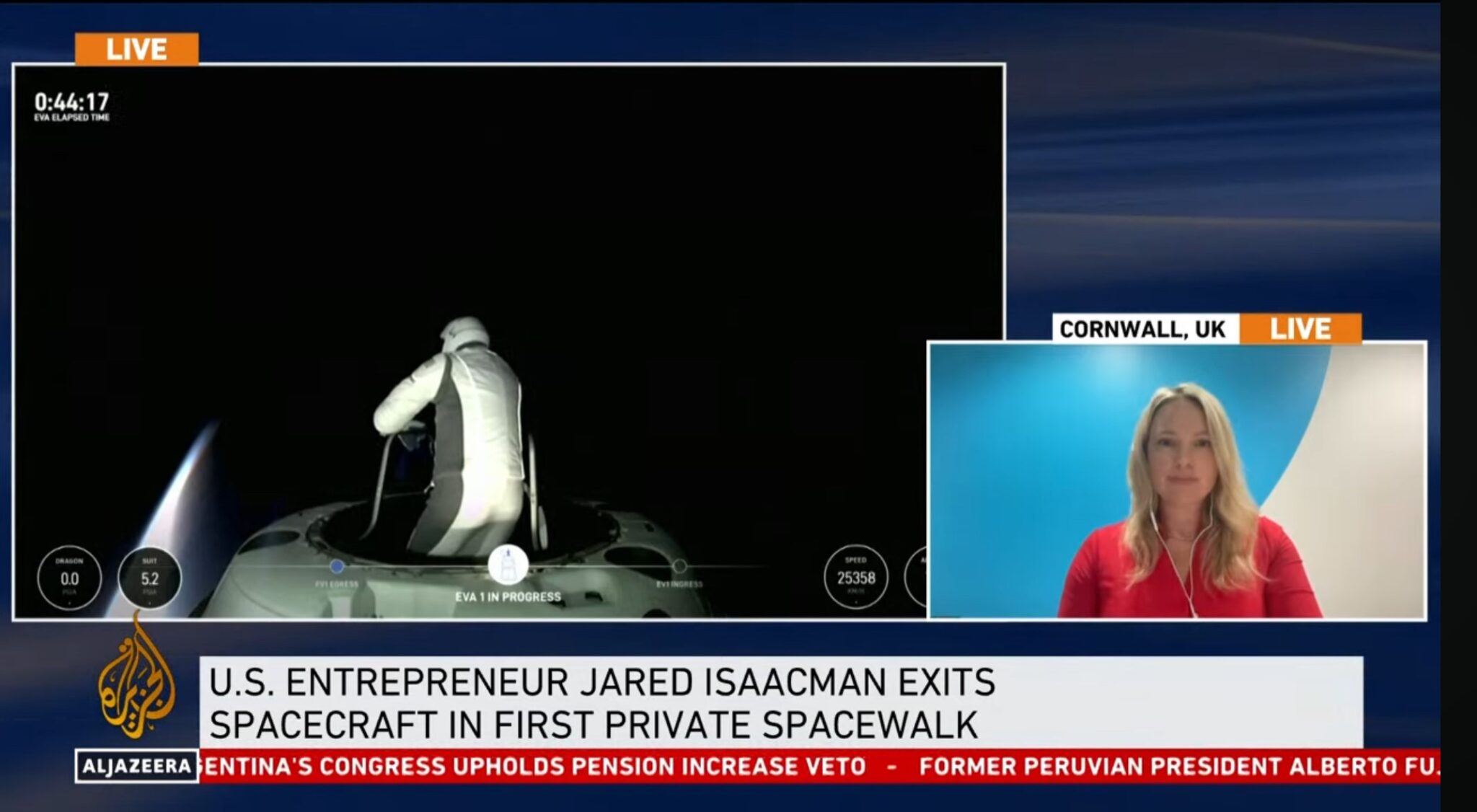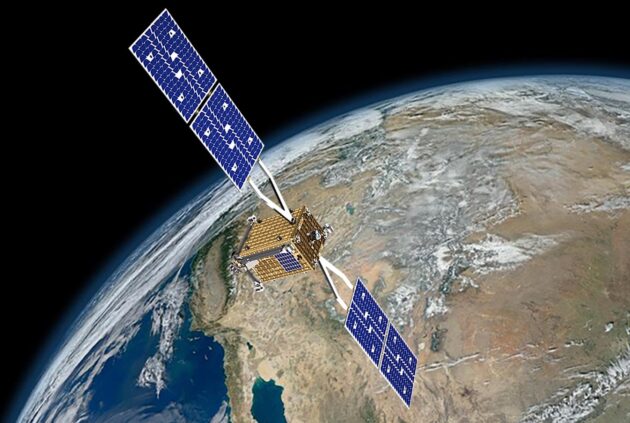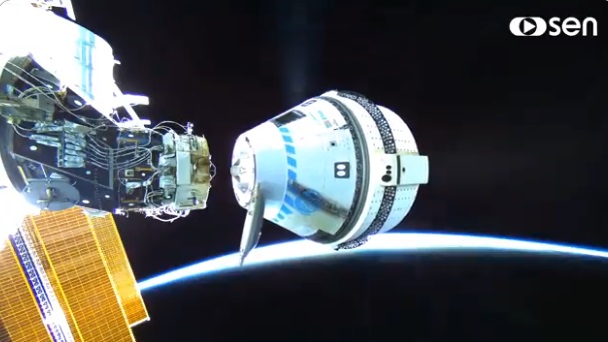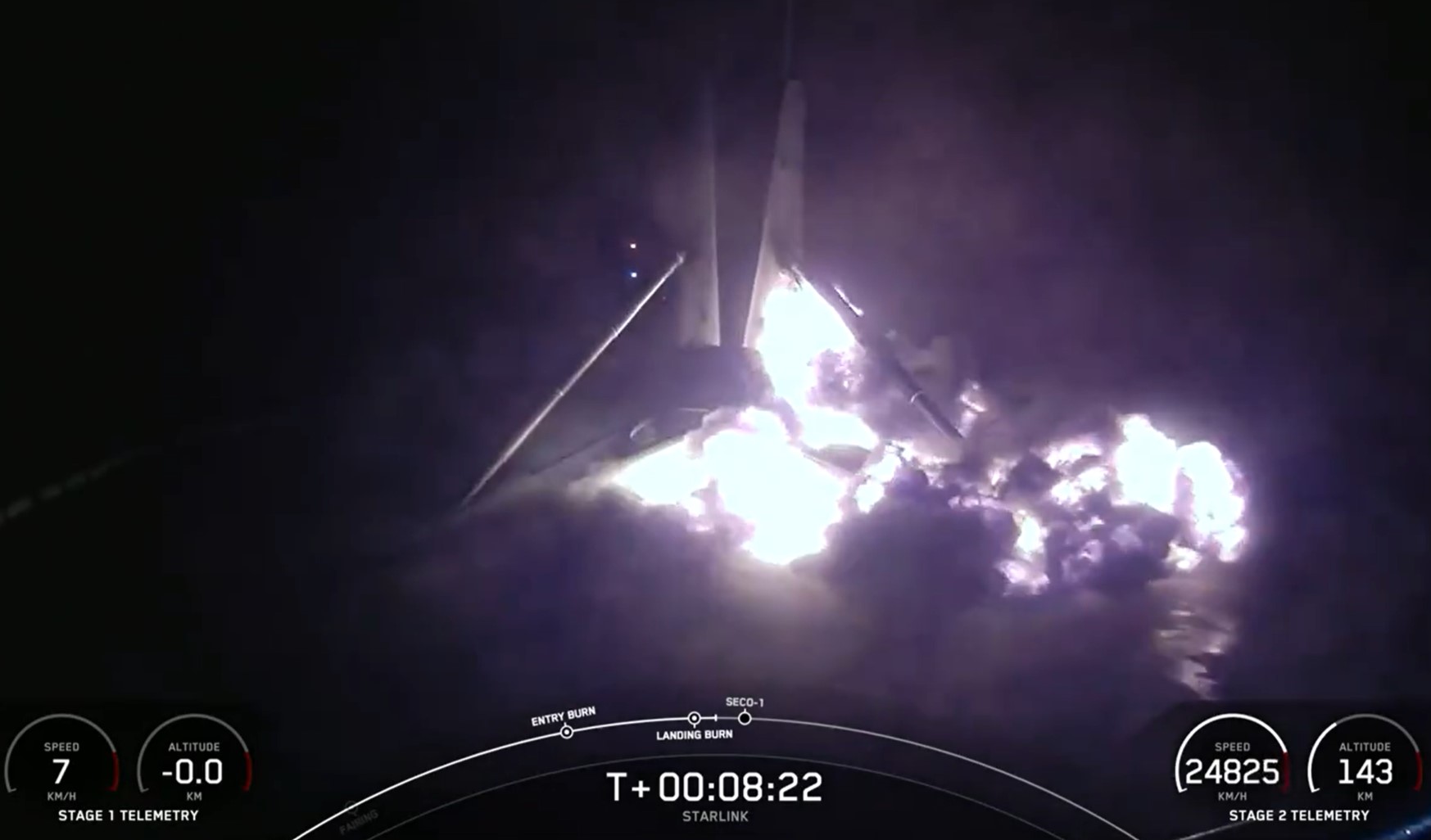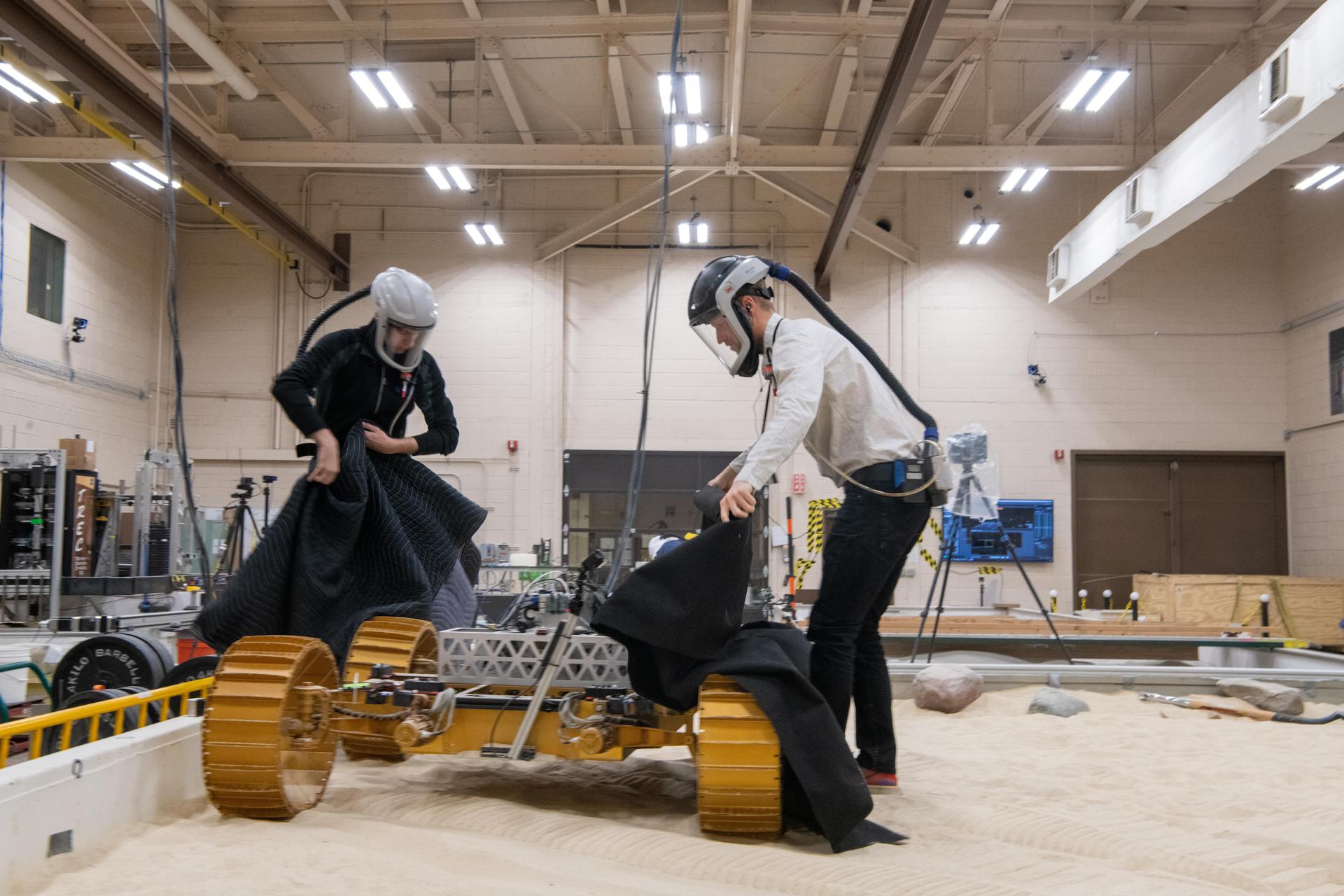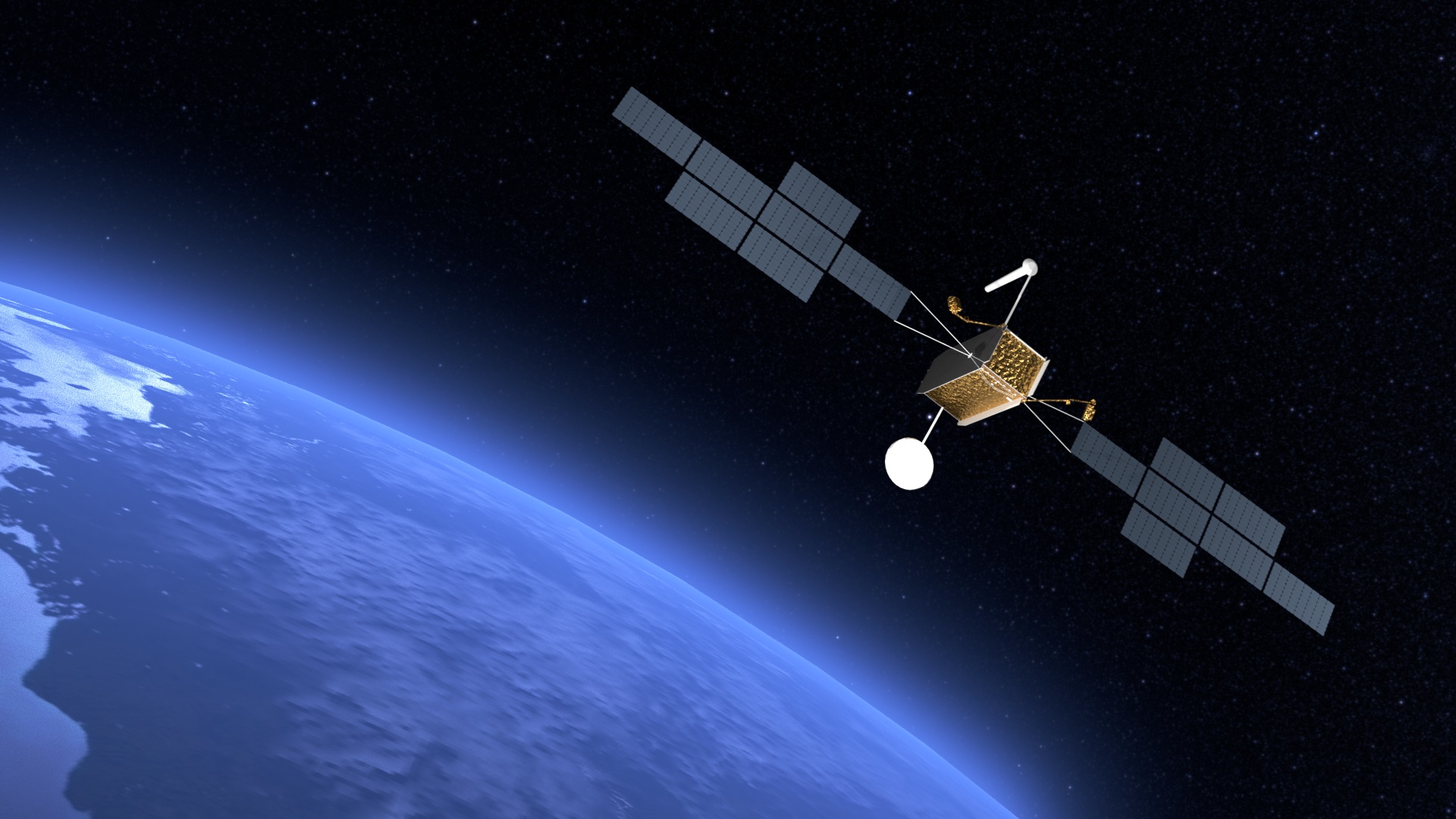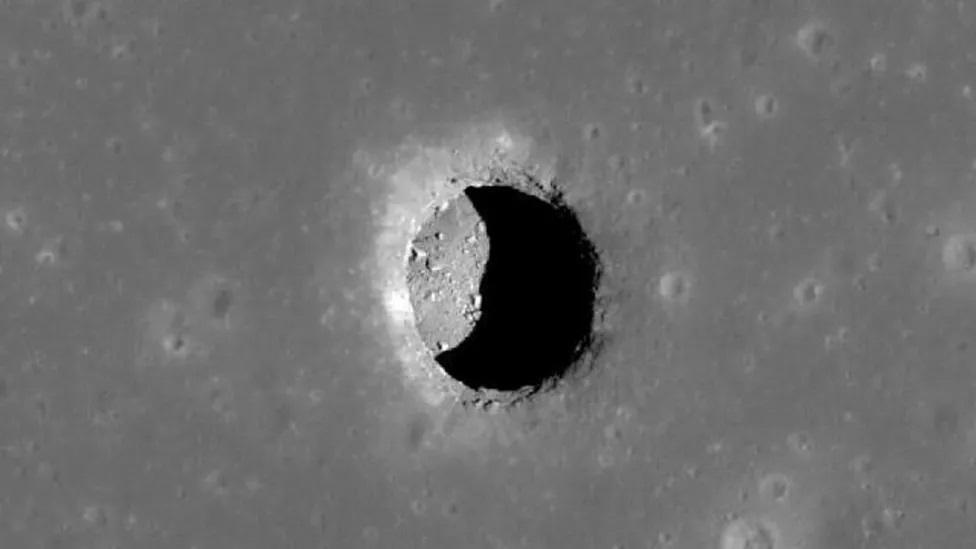It’s a question to ask when you consider that Norman Augustine’s report says on page 92:
The [Evolved Expendable Launch Vehicle]-heritage Super Heavy Option 5B has an edge in technology, because it includes a new US developed large hydrocarbon engine,
Why is this important, because the report says on page 69 that “Using the EELV to launch the Orion [or any capsule this blog imagines] would only make sense if it were coupled with the development of an EELV-heritage super-heavy vehicle for cargo launch”?
Does that mean that the much touted EELV crew launchers such as Atlas V would need such a new hydrocarbon engine? Hydrocarbons, namely engines that burn kerosene with liquid oxygen, much beloved of the Russians, are first stage engines. The link that Augustine is making between an EELV crew vehicle launcher and a cargo booster is essentially the same that existed between Ares I and Ares V
And sure enough on page 67 Augustine says: “The upgraded EELV systems would have a core vehicle that would, by itself, have a launch capability to low-Earth orbit in the range of 30 to 35 [metric tonnes]”
Thirty five metric tonnes, sounds enough for one of these core stages to loft a chunky Orion crew and service module, and all thanks to this wonderful new hydrocarbon engine – but who would make it?
Interestingly on page 37 of the 2008 NASA authorisation act it stated that the Office of Science and Technology Policy (OSTP) should produce a report for Congress on the US rocket engine industrial base. It was supposed to be delivered in January of this year but by July Hyperbola was being told by OSTP that “The interagency review is ongoing and progress has been made. But it is not complete and I can’t predict how much longer it will take.”
It is now December and you would imagine that such a report could be quite important for such a decision on EELV or Ares, or any of the crew transportation options. At the moment there are basically three US companies offering powerful hydrocarbon engines, Space Exploration Technologies’ (SpaceX) Merlin engine, Aerojet’s Russian NK-33 originated AJ26-xx variants and Pratt & Whitney Rocketdyne’s own P&WR RS-27A (however this Delta II main engine on its own will not have the power needed for Augustine’s proposals) and the Russian Energomash RD-180, RD-120
Or is this OSTP rocket engine industrial base report being held back for one reason? The SpaceX Falcon 9 maiden flight perhaps?
New hydrocarbon engines, core stages with 35,000kg to LEO capabilities, does it begin to sound like the EELV option Augustine considered is a very long way from the “we just need an emergency detection system” for Atlas V argument from EELV proponents?
This preference for an “EELV-heritage” vehicle and not a straight EELV booster could explain why for the Delta IV Heavy option for crew launch Augustine’s report said: “launch of the Orion on the Delta IV HLV was found to be technically feasible, it…was comparable in cost and schedule to simply continuing with the development of the Ares I [crew launch vehicle].”
Ouch, Ares I is no advert for cost savings the Augustine report gives a figure of $6 billion for its completed development on page 90. And that harsh cost estimate for Delta sounds odd because at the Augustine panel’s 17 June meeting the Aerospace Corporation reported that Delta IV HLV is cheaper than Ares I to get to ISS and would take 5.5 to 7-years to be human rated
Has the Augustine report set existing EELVs up to fail?
Why does the report use harsher language for the Delta IV HLV for crew transport than was presented by Aero Corp back in June? And why does it go on to ignore the simpler evolution path of the Delta IV for a super heavy with a new upper stage and extra solids to achieve 50,000kg to LEO, Augustine’s own exploration minimum using propellant depots? Are extra solids and a new upper stage so much worse than a new family of “EELV-heritage” vehicles with this 35,000kg capable core stage?
And then Hyperbola is being told that EELVs had been touted as the mystery booster by Augustine panel members during talks with industry, which makes even less sense with the report’s statements in mind. And even more so when this blog is hearing rumous that SpaceX’s Falcon 9 could be the mystery booster first choice
But for a really bizarre twist the Augustine report says this, “the EELV-heritage super heavy vehicle would use the Russian RD-180 hydrocarbon fueled engine, currently used on the Atlas V…In the cost analysis…provision was made for the development of a large domestic engine to replace the RD-180 for NASA…missions.”
For a rocket that is a bit like saying we’ll build this house and then later we’ll change its foundations. Bizarre
And just to well and truly end any hopes for this “EELV-heritage” vehicle Augustine’s report says: “Because of these realignment costs [workforce, facilities closures, mothballing], the EELV-heritage super heavy does not become available significantly sooner than the Ares V”
Phew. Compared in cost to Ares I and compared to Ares V in terms of schedule. Could it get any worse?

